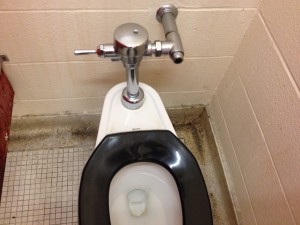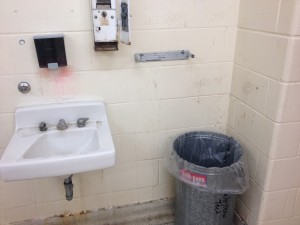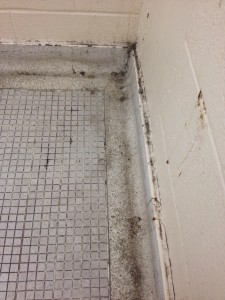While Fix Our Schools appreciates a response from the Minister of Education to the letter we sent on October 27, 2015, we were disappointed in its content. Click here to see formal response letter from Minister Liz Sandals.
The tone is dismissive, placating and lacks any urgency to fix our schools. The content is surprising given the recently released 2015 Auditor-General’s report confirmed $1.4-billion/year is needed simply to keep schools in a state of good repair (never mind the $15-billion repair backlog that has been allowed to accumulate under the provincial government’s funding model and watch!).
We found Minister Sandals’ response to be completely insufficient for the following reasons:
- She points to a $1.25-billion investment in schools over 3 years via the School Condition Improvement grant as a positive accomplishment. However, the 2015 Auditor-General’s report confirmed that $1.4 billion per year is needed simply to keep schools in a state of good repair. Therefore, the amount that Minister Sandals is highlighting actually constitutes gross underfunding of buildings in which children spend 6 hours each day.
- She says, “these historic investments have led to significant improvements in Ontario’s infrastructure.” Minister Sandals fails to acknowledge that under this Liberal government’s watch, the total disrepair in Ontario’s schools has grown to a total of $15-billion – which is surely not a “significant improvement”?
- The $11-billion committed over 10 years to school infrastructure is simply insufficient. This funding commitment is earmarked for not only addressing the $15-billion repair backlog but also for building brand new schools and building new additions. As noted in the 2015 Auditor-General’s report, “the province’s current 10-year capital plan for infrastructure spending proposed by the ministries has only about one-third of funding allocated to renewal, and the remaining two-thirds to new projects.” Therefore, only $3.7-billion over 10 years is really allocated to addressing disrepair in Ontario schools. Compare this amount to the existing $15-billion repair backlog and we have a situation where school conditions will continue to deteriorate in our public schools unless new funding solutions are found.
- Finally, Minister Sandals doesn’t answer the one question asked in the letter: How much of the federal infrastructure money that is expected to flow to provincial coffers from our new Liberal Federal Government will you commit to repairing and rebuilding Ontario’s public schools?”
Overall, a huge disappointment. We have shared this disappointing response with media contacts, both provincial Education Critics and will be following up with the Province, highlighting the inadequacy of their response, urging them to take the Auditor-General’s report seriously and increase capital funding to school infrastructure in this province immediately.



